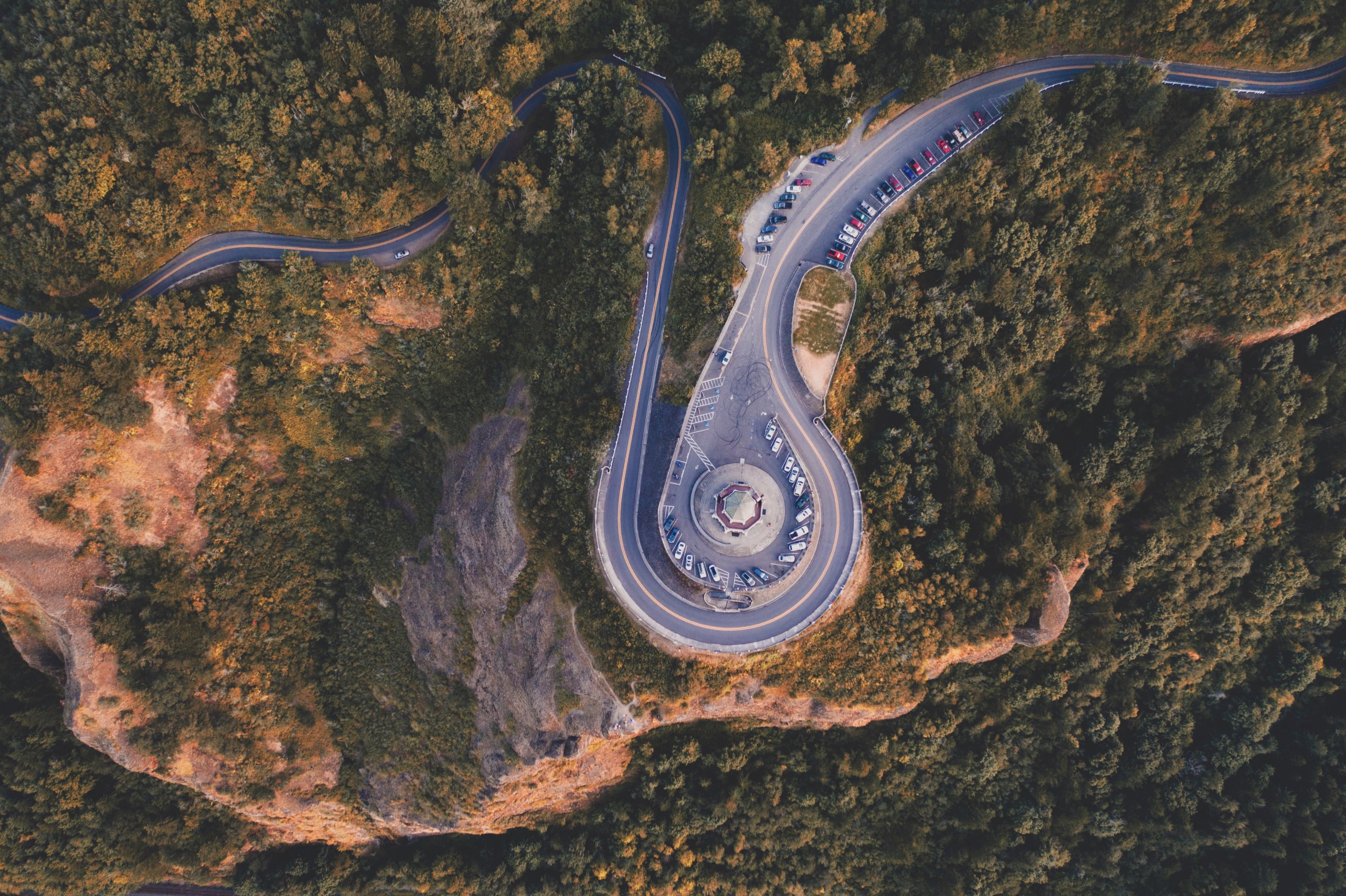La’ Portia J. Perkins is part of COMPASS’s 2023 Wilburforce Leaders in Conservation Science. They are a multi-medium artist, poet, rapper, and natural resource scientist. They currently serve as a Project Manager at the Renewable Energy Wildlife Institute, helping develop science, tools, and strategies for wind and solar siting and operations that minimize impacts on wildlife and wildlife habitats. They earned a B.S. in Wildlife and Fisheries Biology with a minor in Environmental Science and Policy from Clemson University and an M.S. in Forestry from Virginia Tech. Listen to their music on Apple Music or Spotify. For inquiries, music purchases, and other creative viewing visit: www.mamapmusic.com
Like many others, a dream exists in me to connect more to the ecosystems we call home and advocate for righting the environmental woes that continue to impact black and brown communities in order to create a more equitable future. From early on, art has been a direct part of my activism and connection to the earth. Music and poetry became a window for me to express my expanding interests in life science and environmental issues and my journey into my own identity. I would go down some of my favorite trails and sit next to a rushing river and write:
“ I dealt with these waters that carried me to a seat.
Along the banks where my dreams lay.
Cold, no -oxygen, bare, and fleeting there they were
Ticking at my toes
Tingling in my nerves
There they were”
– excerpt “These Waters, 2016” (unrelease piece)
As I have grown into a natural resource scientist studying renewable energy, native trees, amphibians, and reptiles, this opportunity to exist and connect through earth and music became even more prominent in my life. Poetry and music often helped me navigate institutions and systems of power that could feel like limitations and obstacles in the pursuit of my dreams. My 2021 EP Garden helped me express those grounding experiences.
“Took her neighborhood logistics from the North and South
To a town smaller than a baby grouse or a mouse
Near the Seneca River, three years she lived and made it out
Making her dreams comes through, that was all that she could think about!”
– excerpt “Mama P,” 2021
When learning about U.S. and international wildlife conservation history and environmental policy, some days on top of a mountain in the Pisgah National Forest or standing in hip deep plough mud in low country wetlands, haikus and lyrical poetry flowed through my mind. Mere thoughts and sounds lead to creations that made these once-in-a-lifetime moments into deeper impressions of my perspective of nature and myself within it. This admittance and acceptance of my rightful and true connection to both nature and art became bound and shined a light on my values in Ubuntu, meaning humanity in Bantu, which emphasizes the interconnectedness of individuals with their surrounding societal and physical worlds.

Each year, my art was connecting me to new experiences and people all across the country, like the Staten Island Museum or the Greening of Detroit, who, too, were in a concerted effort to make a difference in our interactions with the natural world and one another. Music brought its own unique contributions to my activism and connection to the earth. I crafted a subgenre called eco-womanist rap with its essence descending from Melanie Harris’s work, Ecowomanism: African American Women and Earth-Honoring Faiths (Ecology & Justice), defining that Afro-descendant women make unique contributions to the environmental justice movement in the ways that they theologize, theorize, practice spiritual activism, and come into religious understandings about their relationship with the earth. I chant.
“And Imma tell all the people
Looking for developments to make us equal
Evil acts of politics coming between
All the beauty of our sacred green”
– excerpt “Get Up”, 2021
Living as an artist has been a consistent activator in my work. As scientists, we have advanced so much in our knowledge and understanding, but we are still uncovering and seeking more. We are still asking questions. We are still discovering new ideas and even species. Art acts as a tool for both explained and unexplained truths, it reels us in over time as we attempt to fish out its true meaning. More importantly, art provides a window into new perspectives that are not always realized through objective, statistical, quantitative measurements. My pieces have invited feeling and unspoken truths in the challenges I’ve faced in my rigorous scientific pursuits.
Others may choose movement, performance, or cinema, but we are each finding more impactful ways to exist in a more green, sustainable, and peace filled ethos. Each year on a hiking trail or huddled around a family bonfire, I prepare a Juneteenth prayer, as a testament to this.
“Taking a moment to acknowledge loss, patience, and pain
Three spaces of intense knowledge
Words understood by those looking and living like us
Through love, prayer, and acknowledgement we create hope for a future less downtrodden
Futures that replace patience needed to be resilient
For peace
This year we open the wounds again.
Through nourishment, we acknowledge stomachs full and bearing of life
And dignity
Through libation we quench the everlasting thirst for freedom
Through sharing we invite their stories into space
Filling our ears with truths both bewildering and humbling”
excerpt “Juneteenth Prayer”, 2021




